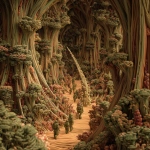Explore the Best AI Image Gallery

AI in Product Photography: A Revolution Captured
The world of product photography is undergoing a dramatic transformation, driven by the rapid advancements in artificial intelligence (AI). This technology is no longer confined to science fiction; its actively reshaping how products are presented and perceived, impacting everything from e-commerce to advertising.
Unlocking Creative Potential with AI
AI-powered tools offer a plethora of creative possibilities for product photographers, freeing them from tedious tasks and empowering them to focus on artistic vision.
- Automated Image Editing: AI algorithms can automatically enhance images, adjust lighting, remove blemishes, and apply filters with remarkable accuracy. This saves photographers valuable time and ensures consistent quality across a large volume of images.
- 3D Product Visualization: AI enables the creation of realistic 3D models from existing product images. These 3D representations can be manipulated and viewed from various angles, offering customers an immersive and interactive shopping experience.
- Personalized Image Generation: AI can generate unique product images tailored to specific customer preferences. By analyzing data on past purchases and browsing behavior, AI can create variations of a product image that resonate with individual tastes.
Beyond Aesthetics: The Practical Applications of AI
The benefits of AI in product photography extend far beyond aesthetics.
- Enhanced E-commerce: AI-generated high-quality images can significantly improve conversion rates on e-commerce platforms by showcasing products in their best light.
- Streamlined Workflow: Automation of repetitive tasks like image editing and resizing frees up photographers to focus on more creative and strategic aspects of their work.
- Data-Driven Insights: AI algorithms can analyze product image data to identify popular features, color preferences, and other insights that can inform marketing strategies and product development.
Navigating the Ethical Landscape
As with any powerful technology, AI in product photography raises important ethical considerations.
- Transparency and Authenticity: It is crucial to clearly disclose when AI has been used in image creation to maintain transparency with consumers.
- Bias and Representation: AI algorithms can perpetuate existing biases if they are trained on biased data. It is essential to ensure that AI-generated images are diverse and representative of different cultures and demographics.
- Job Displacement: While AI can automate certain tasks, its important to consider the potential impact on photographers jobs and explore ways to upskill and reskill workers for new roles in the evolving industry.
The Future of AI in Product Photography
The future of product photography is inextricably linked with the continued advancements in AI. We can expect:
- More sophisticated AI algorithms: Capable of generating even more realistic and nuanced images, blurring the line between reality and virtual creations.
- Integration with augmented and virtual reality (AR/VR):** Allowing customers to virtually try on products or experience them in their own environment.
- Personalized shopping experiences: AI-powered product recommendations and customized image generation based on individual preferences.
AI is revolutionizing the way we capture, present, and interact with products. By embracing its potential while addressing ethical concerns, we can unlock a future of creativity, innovation, and customer satisfaction in the world of product photography.

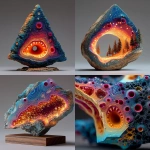
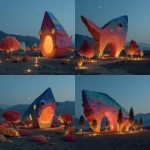
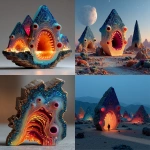

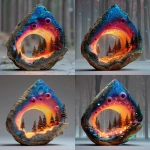


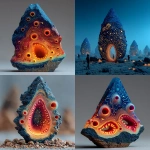

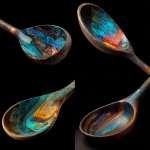
](https://images.ai-img.art/thumbnails/150/3b65287fef447a6ad61bcb18b5b9d03b6f6f74603ae0e058f81f4b91a3e02f36.webp)

](https://images.ai-img.art/thumbnails/150/7d9de60c58579b921ad140a9e1d752642452d5086b74a27d866e8af04608ed7d.webp)
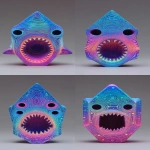

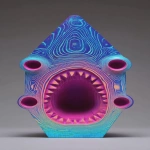

](https://images.ai-img.art/thumbnails/150/ebc95932b25c17607076ed8d2a4bafc85c3371cf3f2d45c35741505fe3c97de1.webp)

](https://images.ai-img.art/thumbnails/150/98325fa7102e81df81f1dba6df8df52929b4fa41b058192faf3c77cf94513ff7.webp)


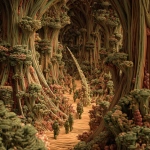

](https://images.ai-img.art/thumbnails/150/09314c003088f7174f747fa65105eca599e0842cf69e637ce4c98ebefd3f50ab.webp)
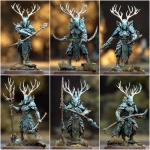
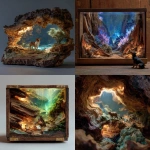
](https://images.ai-img.art/thumbnails/150/a31f622763ce0ecb2e76a907e566b81cfcc171e8d9b8b393f27681be24b6ca91.webp)

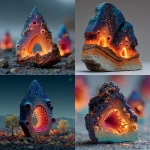
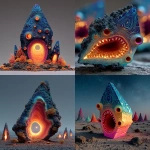


](https://images.ai-img.art/thumbnails/150/769518185300fcbda91b7bbf92b9007bc856379accd52eaf7983f9aec379e88e.webp)

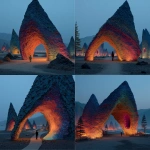
](https://images.ai-img.art/thumbnails/150/914cb18c03c97bdba2f290c0ec1573d5792bf399dbad7f484614764eb31f4c2f.webp)
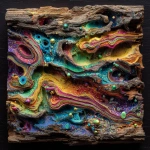

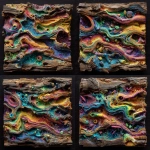


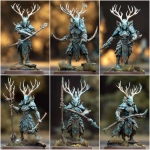
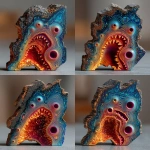
](https://images.ai-img.art/thumbnails/150/ac7218edd6198d49ed8d9853a5890595fc4d2a7a11c2e8a7ee8bcfbc7bfe265e.webp)


